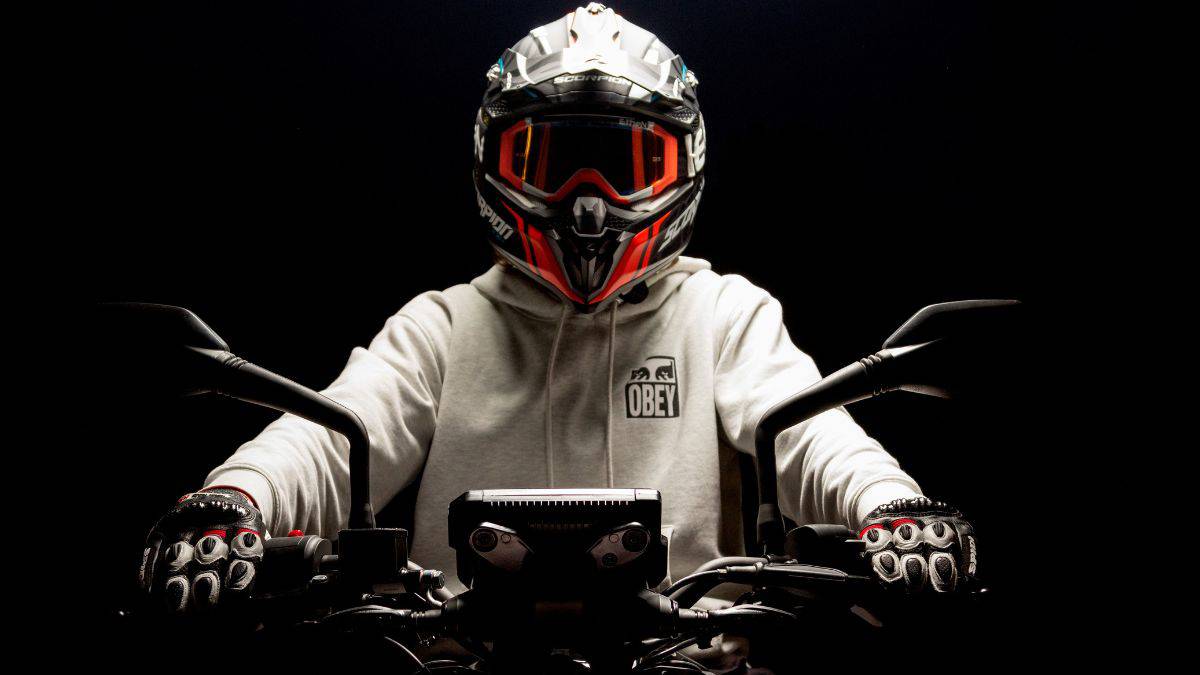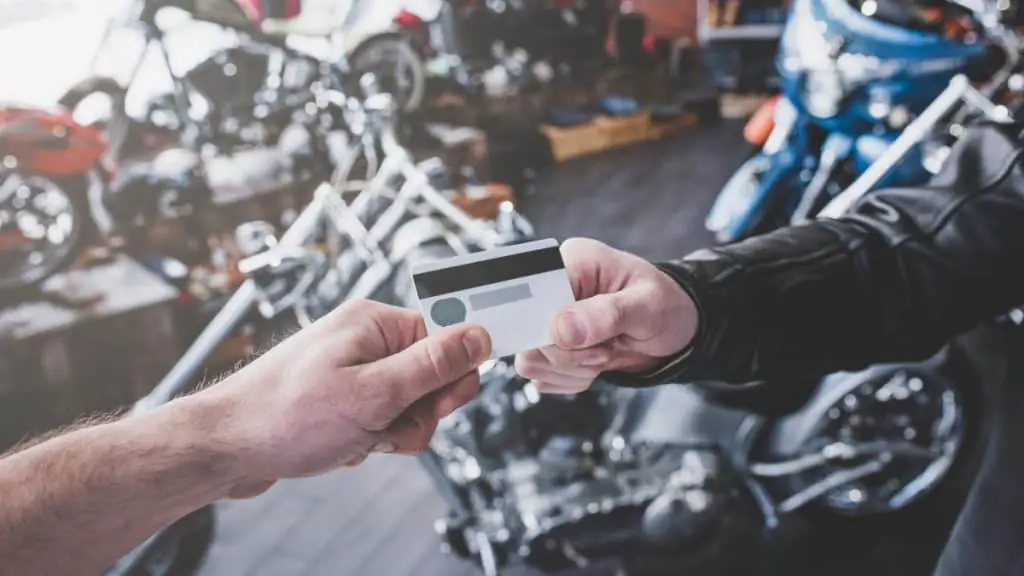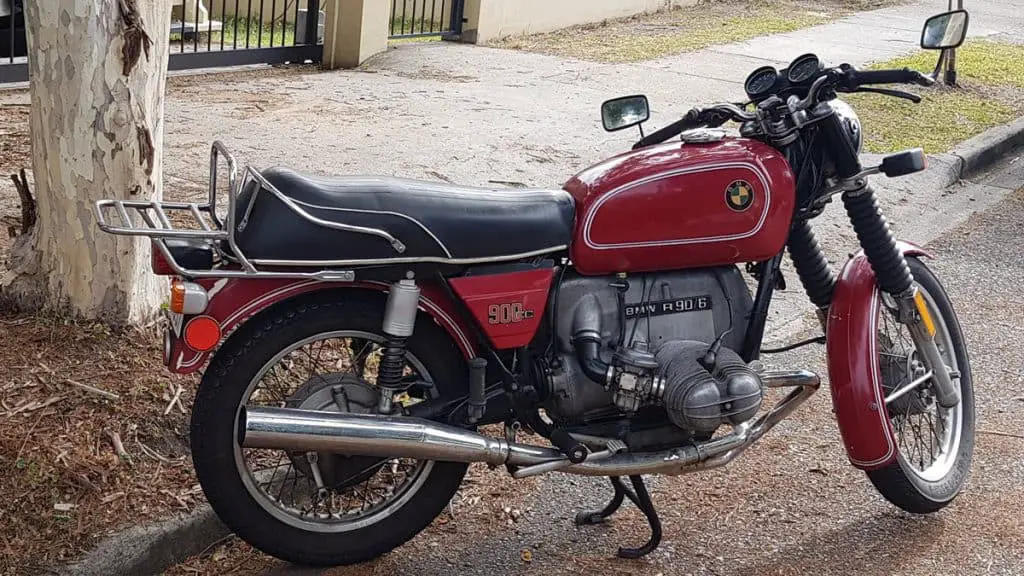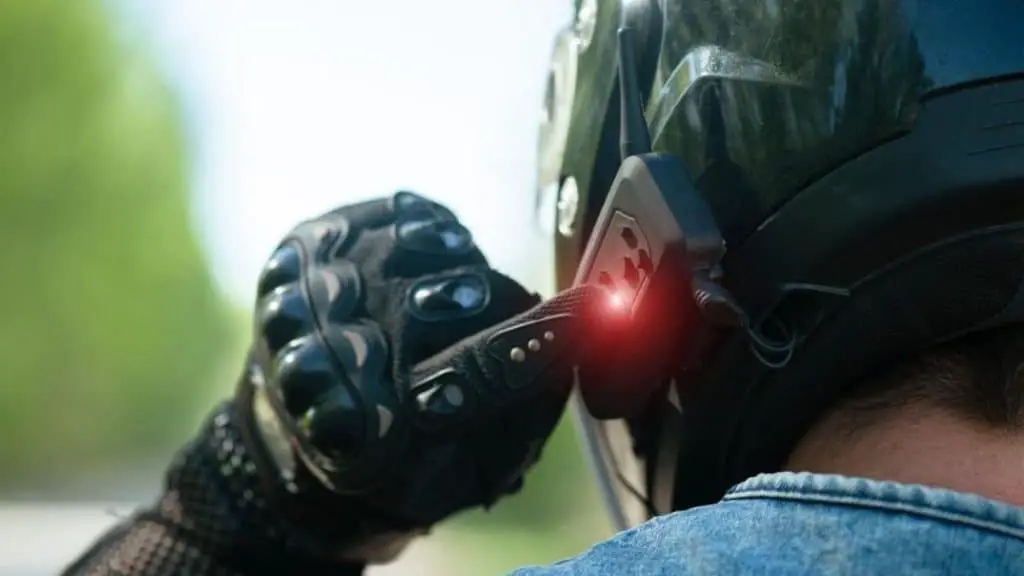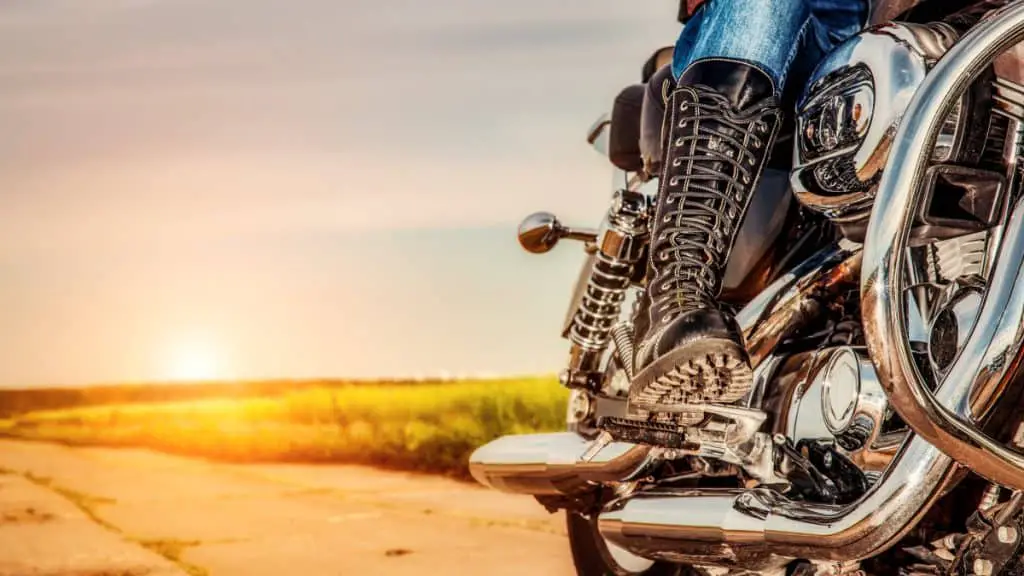11 Safety Tips for Beginner Motorcycle Riders (Prepare and Prevent & Not Repair and Repent)
I love the wind-in-my-hair experience as much as the next motorcycle rider. But beyond that liberating feeling, a part of my brain never seems to forget how brutal a motorcycle accident can be.
Even if you have not been in an accident, surely you have heard of some horrific crashes that even the pro riders couldn’t avoid. And even if you are confident about your driving skills, not all the other drivers on the street will be as good as you.
So, before you start the love affair with your motorcycle, there are some aspects of safety that you must keep in mind. Without much ado, let’s take a look at them.
1. Inspect Your Motorcycle. Every. Single. Time.
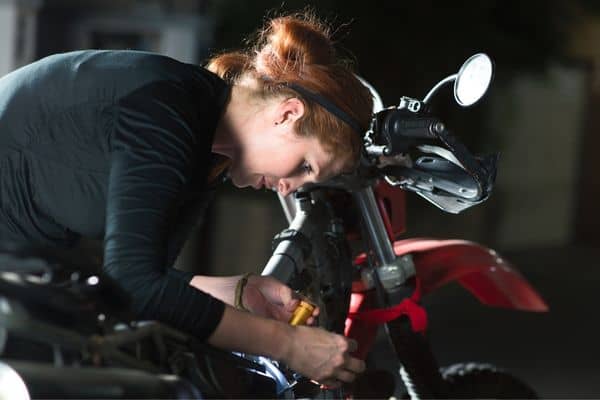
A routine motorcycle inspection is a must before you start a journey. This is an important step to prevent any form of breakdown or failure during the ride.
The Motorcycle Safety Foundation (MSF) lists six areas that should be checked before a ride. These are the wheels and tires, hand and foot controls, oils and other fluids, lights and electrical connection, chassis, and stands.
I agree that it looks like a long list. But in reality, the actual checking process doesn’t take much time.
2. Keep Your Eyes on the Road
Getting lost in thoughts is common while riding for long hours. And that amazing sunset won’t admire itself.
But a motorcycle ride needs constant attention and focus from the driver. The longer a driver glances away from the road, the higher the chance of a crash.
Even worse, that chance increases with geometric progression. Think about it: it takes a split second for something bad to happen. So more time means more things that could either coincide or trigger one another!
Keeping your eyes on the road will help you to avoid a wide range of hazards and be aware of the situation around you. In turn, that will allow you to make quicker decisions. To stop being distracted, take frequent breaks during long rides.
Imagine running into a pothole while taking a sharp turn. That’s the surest way to connect with a recovery truck. Keeping your vision steady will help avoid such dangers.
Beyond that, keeping your eyes focused on the direction you are traveling will also help you guide the motorcycle in that direction. Most experienced drivers keep their focus on a point ahead of them on the road. This allows them to see the road directly ahead while focusing on directing the motorcycle toward where they want to go.
Developing your vision for riding takes some practice. But once done, it’s one of the strongest safety tools you will possess.
3. Choose the Right Gear
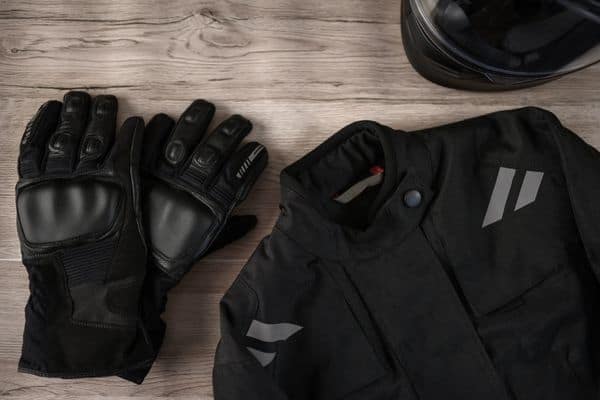
First, choose a top-grade helmet that’s DOT-certified or in line with the latest European safety standards. Next, you will need jackets, riding pants, gloves, riding boots, and additional protective gear for the knees and the elbows.
(Check out the full list of 19 must-haves and good-to-haves here.)
Note, if you are wearing sneakers, make sure to tuck in the shoelaces. In case they get hooked on the footpeg, there’s a high chance of a tip-over at low speeds. Wearing jeans instead of riding pants is a popular choice. However, they don’t have much abrasion resistance like riding pants.
While these will feel bulky in the beginning, they will add an additional protective layer on your limbs and other vital parts. Besides, they will also reduce your hospital bills by a significant amount in case of an accident.
4. Practice (and Then Practice Some More)
Practice is one aspect that you can’t neglect. For beginners, practicing with other drivers around can be unnerving. The best place to practice your riding skills is in an empty parking lot.
If possible, try to practice riding in a wet parking lot as well. That will help you to understand how the motorcycle will behave on wet roads. It’s also important to learn the art of maneuvering the motorcycle in the right manner. So, practice turning in tight circles and taking sharp turns.
Other than that, you also need to learn to control the motorcycle at slow speeds. As the bike loses momentum at low speeds, it becomes harder to keep your balance. If you are riding a motorcycle with a manual transmission, riding up an incline is another aspect that you need to practice.
It might sound exciting to practice riding on major highways, but keep your enthusiasm in check. Riding in high-speed lanes is a completely different ball game and mistakes can be fatal. It’s best you practice on residential roads and slower highways and enhance your skills first.
5. Try to Get Maximum Insurance Coverage
Motorcycle safety isn’t just physical, but financial as well. That means you need to have a clear idea about motorcycle insurance as every state requires some form of insurance. Besides, accidents can get costlier than you can imagine.
Like car insurance, a decent motorcycle insurance package should cover damage to the vehicle, property, and injuries. There’s also liability insurance that covers expenses related to the damage caused to the other party. Other forms of coverage include guest passenger liability, OEM endorsement, roadside assistance, MedPay coverage, and more.
I suggest you do some research on the types of motorcycle insurance available and then pick one that works best for you.
6. Check the Weather Forecast
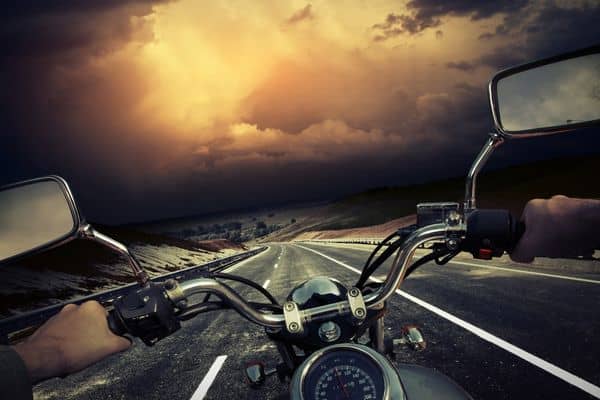
You head out from your home in perfect weather but ride into a rainstorm in the next hour. This is a common scenario that many riders have faced.
(If you live in a mountainous area, you know all too well what I’m talking about.)
Foul weather can turn the rods wet or icy and can drastically change the riding conditions. With oil and dirt mixing with the water, the roads can get extremely slippery after rain.
Besides, the rain will also reduce visibility and the performance of your headlights. And with no protection around, you will have to tackle icy winds and driving rain.
But it’s not just about being safe from crashes, falls and the like.
It’s also about not having to spend the next 2 weeks under the blankets. Checking the weather conditions before you start can help you pick the right gear. Wearing waterproof gear or wearing multiple layers to remain protected from being blasted by wind chill will allow you to drive more safely and comfortably.
7. Brake and Turn the Right Way
Proper braking technique is something that you are not born with. Unless you learn them and acquire the right muscle memory, you will end up making mistakes during an emergency.
Ideally, you should apply the brakes before you lead into a turn. Once the braking process is complete, the front suspension gets back to a neutral position. Also, use both the front and rear brakes to complete the braking process before the turn. In other words, you need to finish braking while you are still moving in a straight line.
Getting the timing of the turn right is something that you need to perfect by practice. Never accelerate while moving into the corner. Wait till you approach the middle of the corner. Now, open the throttle slightly to increase the momentum that will carry you smoothly to the corner exit.
8. Carry a First-Aid Kit
Not many riders carry a first-aid kit on their bike. But if you ask me, it’s a no-brainer. Quite simply, you won’t be carrying medical supplies but only a few items that are essential during an emergency.
While there are compact first-aid kits available on the market, you can also make your own. The main items you can include bandages, disinfecting wipes or towelettes, hand sanitizer, sterile gauze, Band-Aids, and adhesive tape.
In addition, you can also pack a trauma shear. These are scissors that can cut through clothing and thick materials like leather.
9. Avoid Riding After Dark
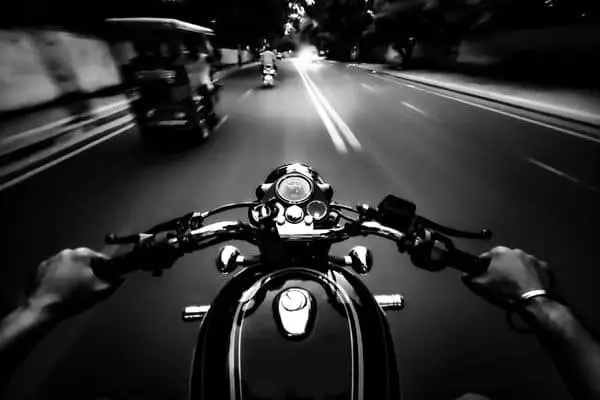
The first thing that goes down with darkness is visibility. That makes operating a motorcycle even more challenging. Also, gauging the speed of other cars by following their headlights is tricky. That means you need to increase your safety margins while riding at night.
Many drivers have difficulty noticing motorcyclists even during the daytime. At night, it will be even harder for them to see you. In fact, motorcycle headlights can get lost in the crowd of headlights of the following vehicles. And unless your vehicle has special cornering headlights, viewing around the corners is extremely difficult at night.
As a newbie driver, staying within your comfort zone is necessary, till you sharpen your skills. So, unless you are fully comfortable riding during the day, avoid heading out on a motorcycle at night.
10. Buy the Right Bike
It’s easy to get carried away and imagine yourself riding a humongous fire-breathing dragon disguised as a motorbike. But before you invest in such a machine, think if it is the right choice for enhancing your skills in a safe manner.
Remember, motorcycle safety begins with the bike. Picking a beginner’s bike is the best way to stay safe while you learn. A lighter and slower bike may not sound or look so attractive, but it will help you to master the skills more easily. With time, you can easily progress into a more advanced model.
11. Think Twice Before Carrying a Passenger
If you are eager to show off your riding skills, you’re not alone. Plenty of new motorcycle drivers have tried it before they were ready. Quite simply, it didn’t work out well for them, or the passenger.
When you are not confident enough to carry a passenger, don’t take the risk. Not only are you putting your life at risk, but also that of the other person. Even after you are confident, don’t start off by heading into a busy street with a passenger. Ideally, your first passenger should be an experienced rider who knows the protocols that should be followed.
Frequently Asked Questions
How should a beginner ride a motorcycle for the first time?
New drivers should practice the essential riding skills and play it safe by staying within the limits of their capabilities. When you are riding a motorcycle for the first time, take your own time and don’t try to follow the pack before you are ready.
What a beginner motorcycle rider should know?
A beginner motorcycle rider should know that motorcycles are unforgiving and safety comes first. And when in doubt, it’s always best to slow down and stay safe.
What should you not do when riding a motorcycle?
Firstly, don’t assume that other drivers can see you. Also, don’t overload the bike or wear insufficient gear.

